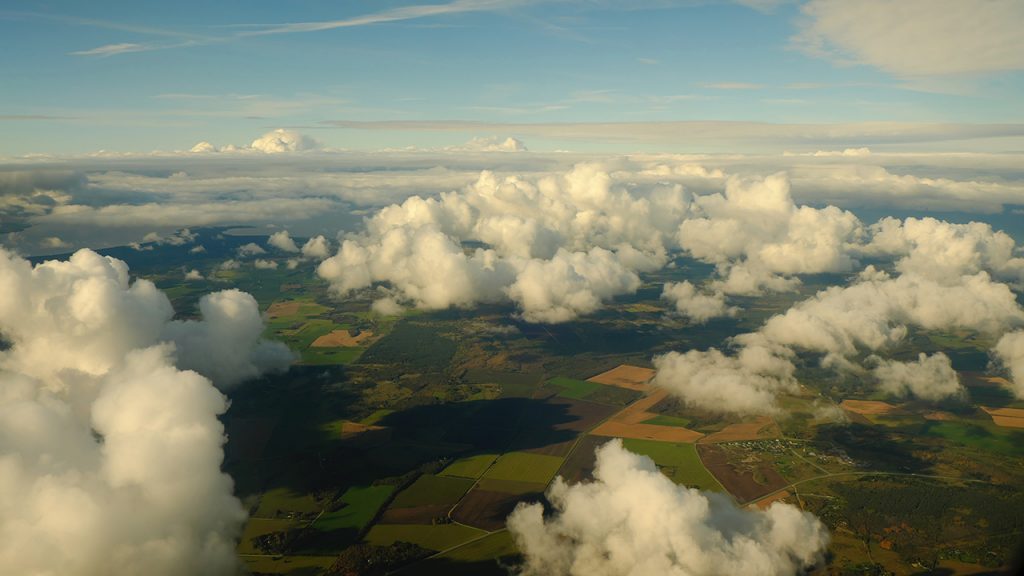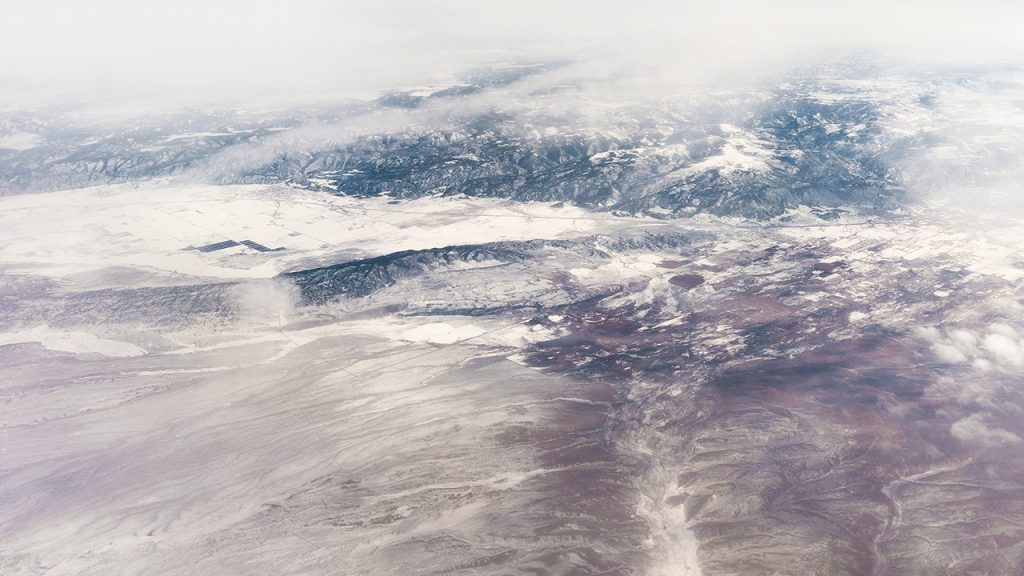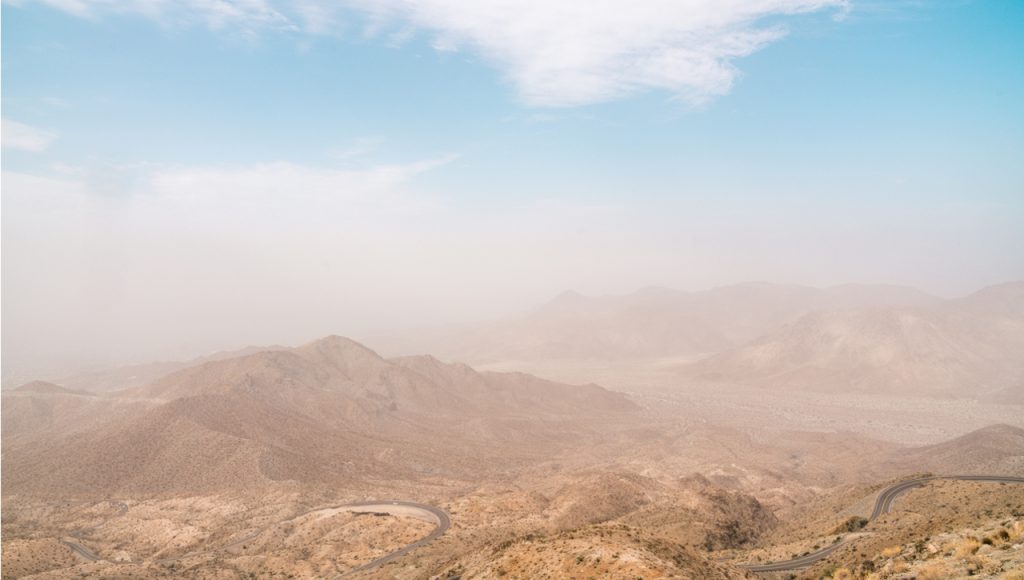
Clouds and Aerosols
Aerosols are tiny particles that are suspended in the atmosphere. They can be solid or liquid, but are smaller than the width of a human hair. A few examples are desert dust, sea salt and black carbon. Although these particles are very small, they have a big impact on the world’s climate.
Aerosols provide the building blocks for clouds. In most cases, aerosols are the seeds from which clouds grow. Water molecules are drawn to aerosol particles like magnets. Water droplets form, and eventually create a cloud.
Aerosols – and the clouds they seed – can scatter heat energy from the sun before it reaches the earth’s surface. You can imagine the importance this places on aerosols and clouds when we consider the earth’s climate.
Our research looks at changes in natural aerosols, such as volcanic ash or desert dust, and man-made aerosols, such as black carbon. We also study how aerosols drive regional and global climate change.
One of the key questions for our scientists is how different types of aerosol create different types of cloud and rainfall.




